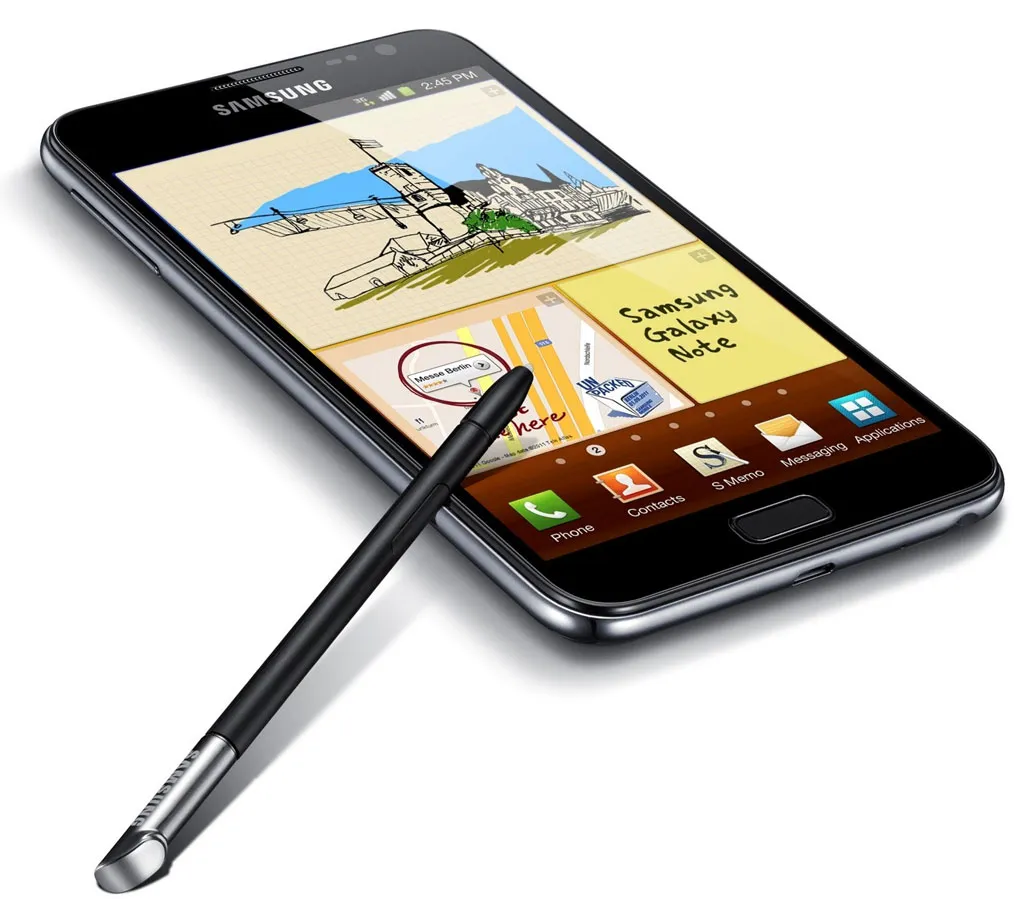Finally Abandoning BlackBerry, Switching to Samsung

After holding onto my BlackBerry for five years, it finally became a thing of the past as the 8900’s casing was too battered to look at.
Undoubtedly, BlackBerry, as a tool to enhance work and life efficiency, has its unique charm and strengths. These factors were also significant reasons that held me back from switching phones, such as the physical keyboard, shortcut keys, and battery life. As a once die-hard BlackBerry fan, I had a high dependency on these iconic features, much like how I once thought I could never get used to laptops without a trackpoint. When I first considered changing phones, I still looked towards the traditional physical keyboard domain, but found little. Under the influence of Steve Jobs, the world has largely abandoned physical keyboards.
Thus began my journey of searching for a new phone. After some time comparing and searching, I initially set my sights on: iPhone 4s, Galaxy Nexus, Meizu MX, Xiaomi, LePhone S2, LePad S2005, and Galaxy Note (i9220).
Using an iPod Touch 4 all day, I really couldn’t muster any interest in iOS, so the iPhone was out; Xiaomi was a rip-off and hard to get, so I gave up on that; the Lenovo S2 had no cost-performance advantage over Xiaomi, so I dropped it; the LePad S2005 seemed like a shoddy toy compared to the i9220; the Meizu MX was actually quite good, and I almost decided to buy it before seeing the reviews for the i9220; the Google Nexus was also a contender, but after learning that the i9220 could soon upgrade to Android 4.0, I decided against it.
In the end, I spent a month’s salary plus the red envelope money from work after the New Year to bring home the i9220, this big brick of a phone.